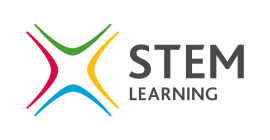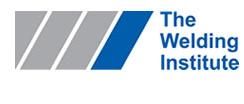Engineering 11-19
This is a list of resources specifically selected to support the Polar Explorer Programme.
Microbit and Ship Monitoring
The RRS Sir David Attenborough is the new research vessel that will operate in many hostile conditions whilst carrying out scientific investigations. The ship has 6 degrees of motion – heave, roll, pitch, surge, sway and yaw. The RRS Sir David Attenborough has 2 motion reference units which monitor all of these all of the time.
Learners will develop their coding skills to satisfy the need of a real life context. They will test out alternative ways of gathering the necessary data and they will investigate alternative ways of most efficiently displaying the information via the user interface.
Design a new robot submarine
This unit explores how robot submarines are used to explore the oceans and how they use different systems including the use of air pressure to go underwater, in their work. Children will investigate the relationship between displacement of water using air; and how this can be used to control and manoeuvre a submarine craft from the surface to floor of the ocean.
Children will be able to design and make their own submersible and find out more about the Autonomous Underwater Vehicles (AUVs) that will be used on the RRS Sir David Attenborough.
Boat design challenge
The focus of this activity is on the principle of hydrodynamics through testing boat hull designs in a test tank.
This activity gives students the opportunity to explore and develop their critical thinking and decision making skills through a practical approach. The experiment ensures a ‘fair’ set of results is produced. The success of their overall boat hull design is directly dependent upon how well they apply their knowledge and understanding across the disciplines.
Welding with Chocolate
This activity gives students the opportunity to build structures made from chocolate. In the example given, a box-section is compared with a flat plank of chocolate, to see which is the strongest when spanning a gap. The structures are readily related to the context of bridge-building.
Students join flat pieces of chocolate using 'welds' made by melting the chocolate using a bottle of hot water.
The activity is simple and can be used to demonstrate ideas such as the strength of structures, welding, melting, reversible change, strength testing and the properties of materials. It is suitable for primary and secondary school students. The complexity of the task, and the structures built, can be readily tailored for individual groups.
Designing a Boat Using Software
Computer Aided Design (CAD) drawing is an important industrial tool used extensively in many applications such as the automotive, shipbuilding, and aerospace industries, industrial and architectural design, prosthetics, and many more. This activity gives students the opportunity to use the CAD tool to create their own boat.
Measuring boat speed
This activity considers displaying data from a practical investigation looking at the effect of streamlining a boat's hull. It gives students the opportunity to consider how this information can be represented effectively and use this to form conclusions. The reliability of their results will then be discussed.


